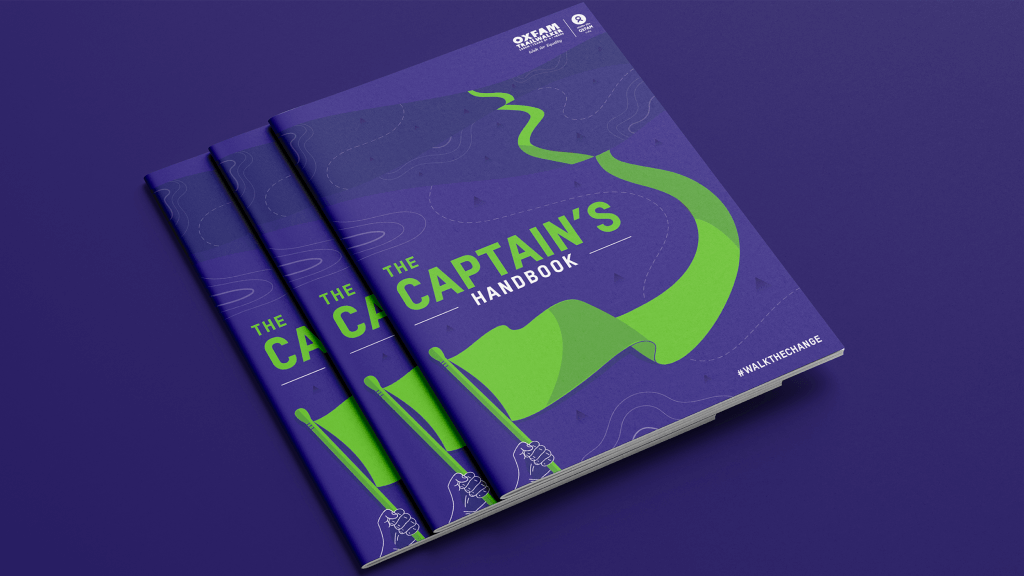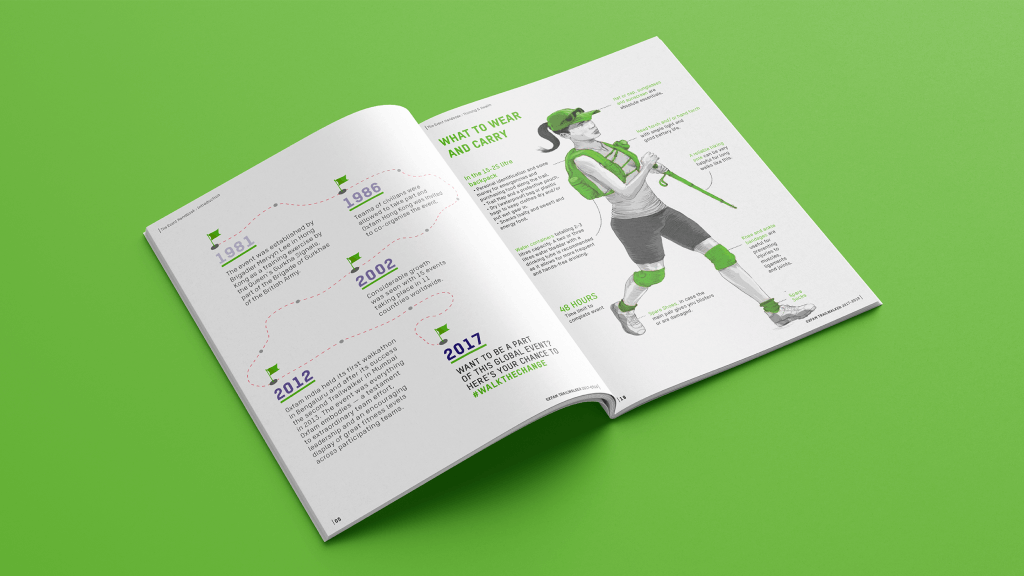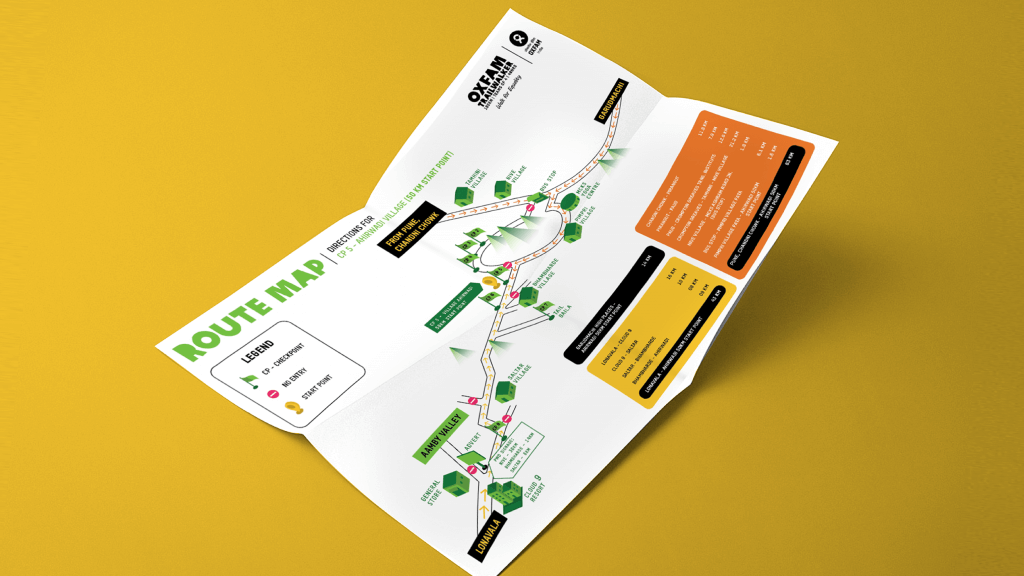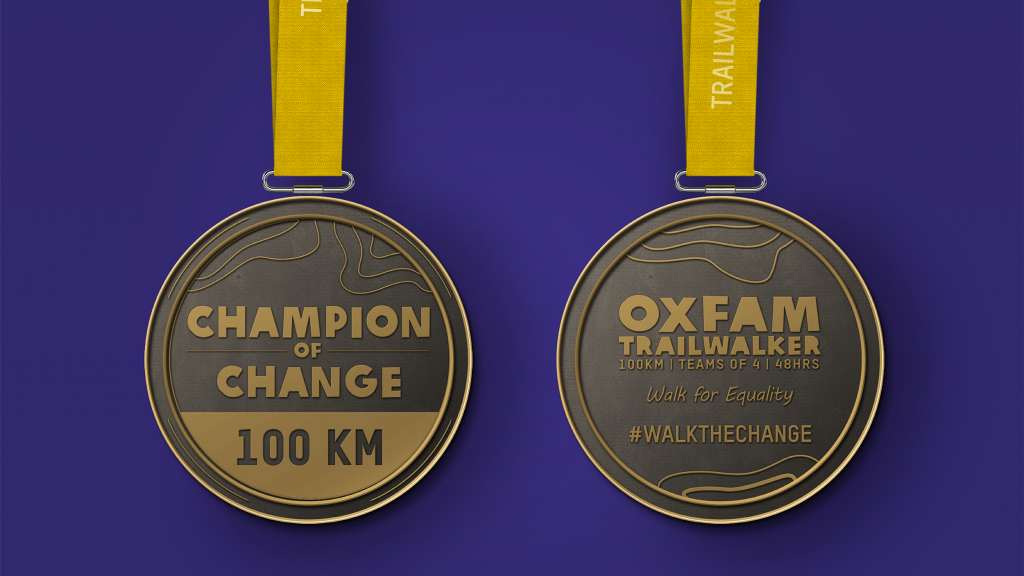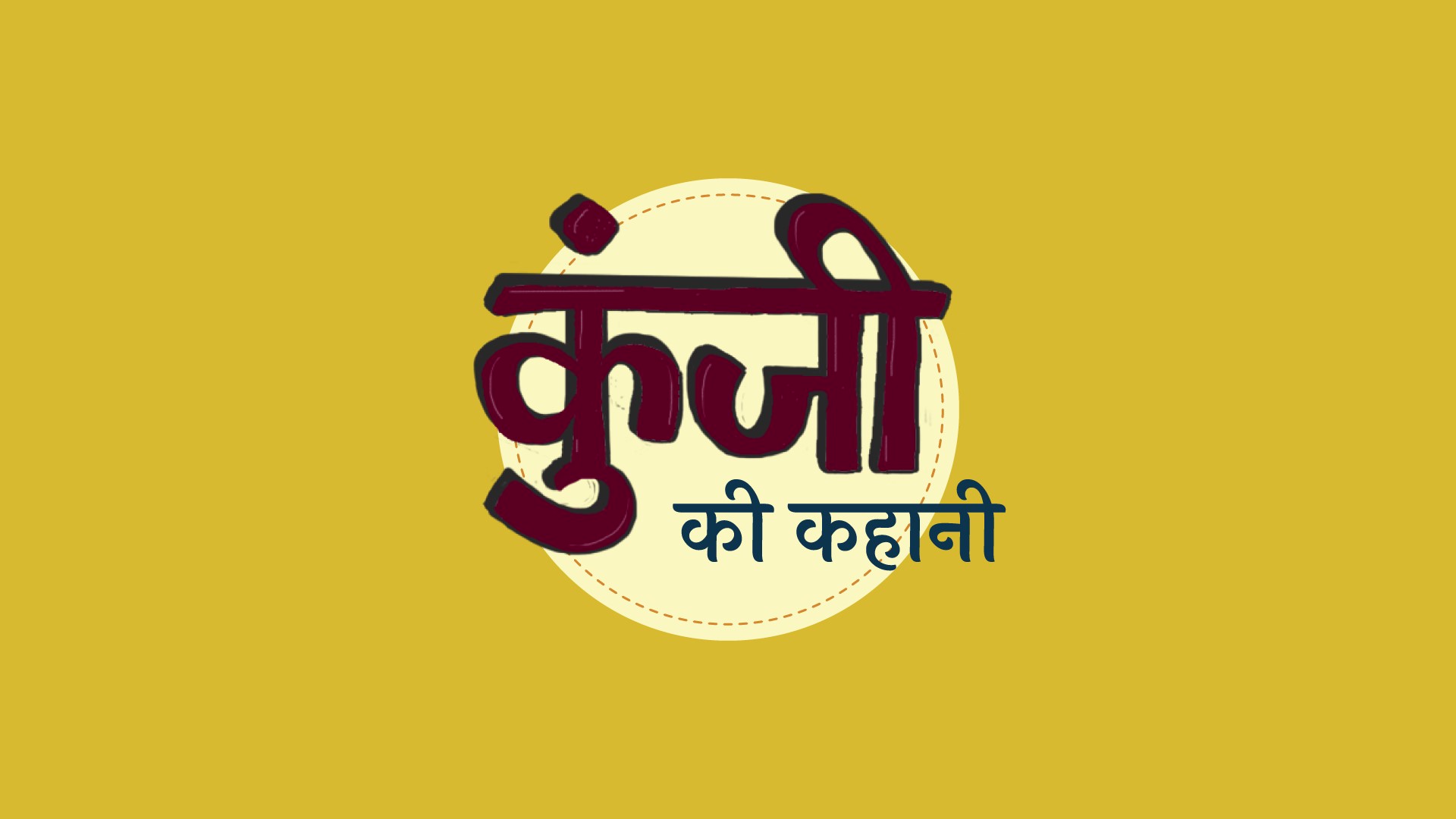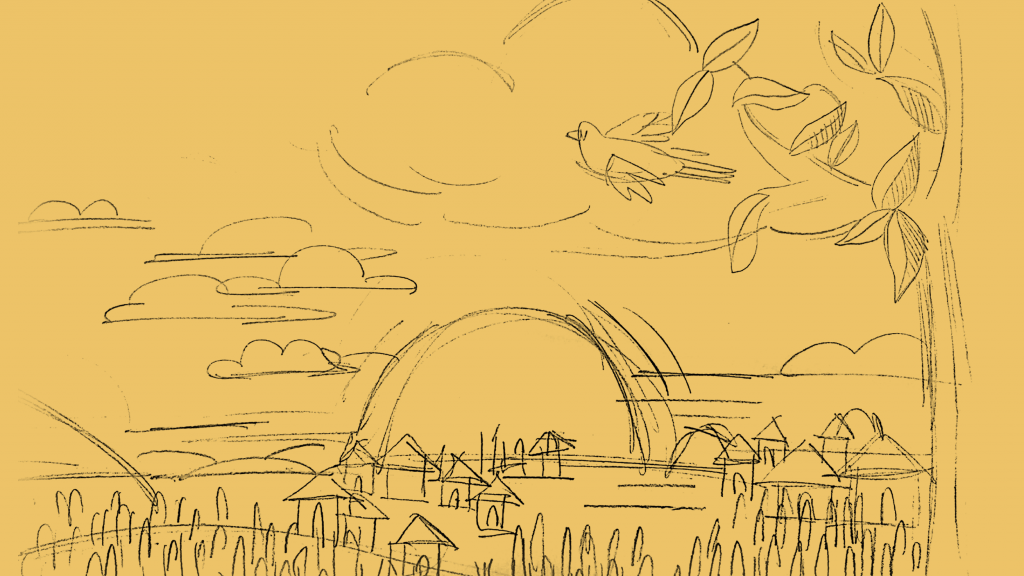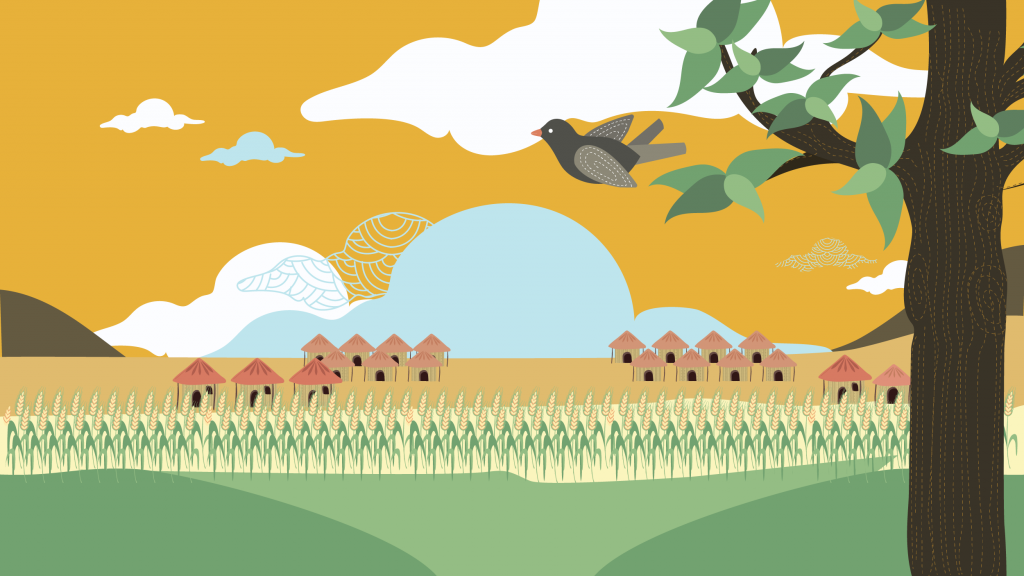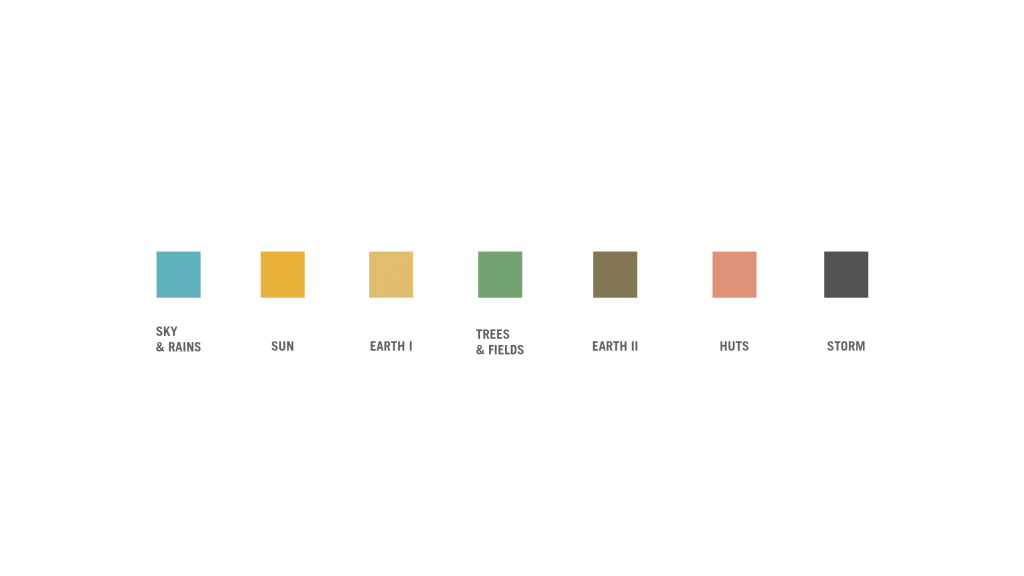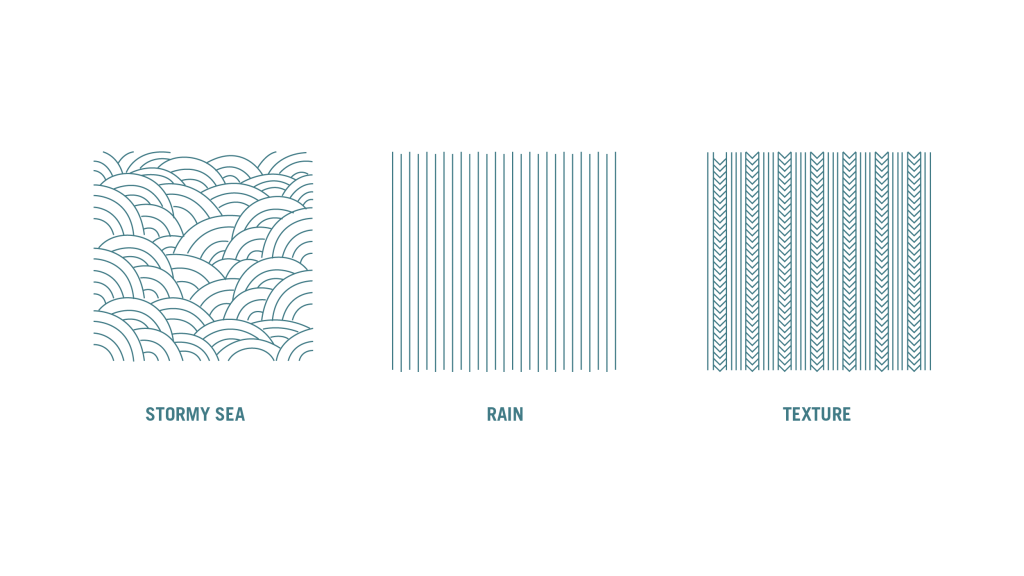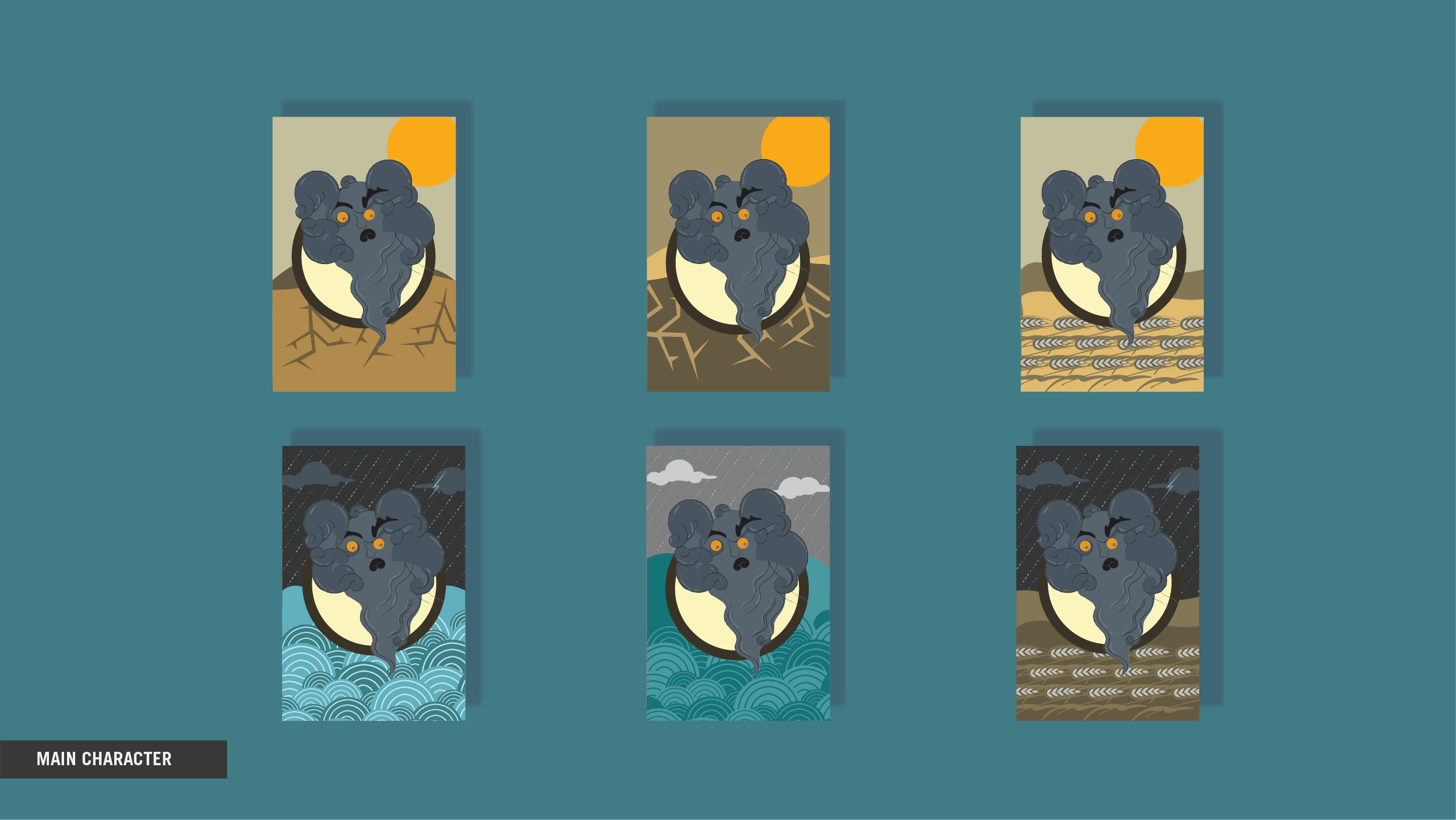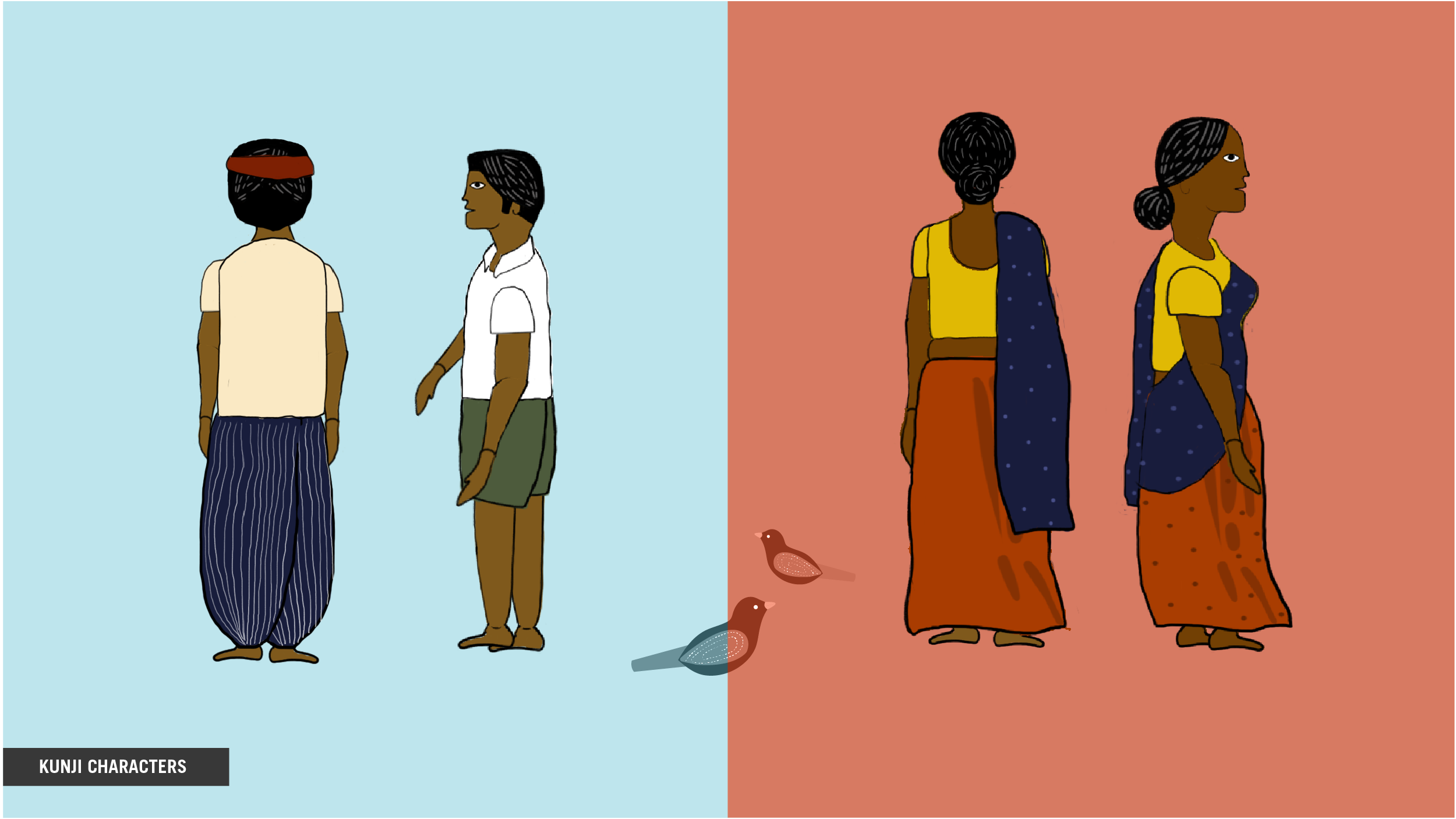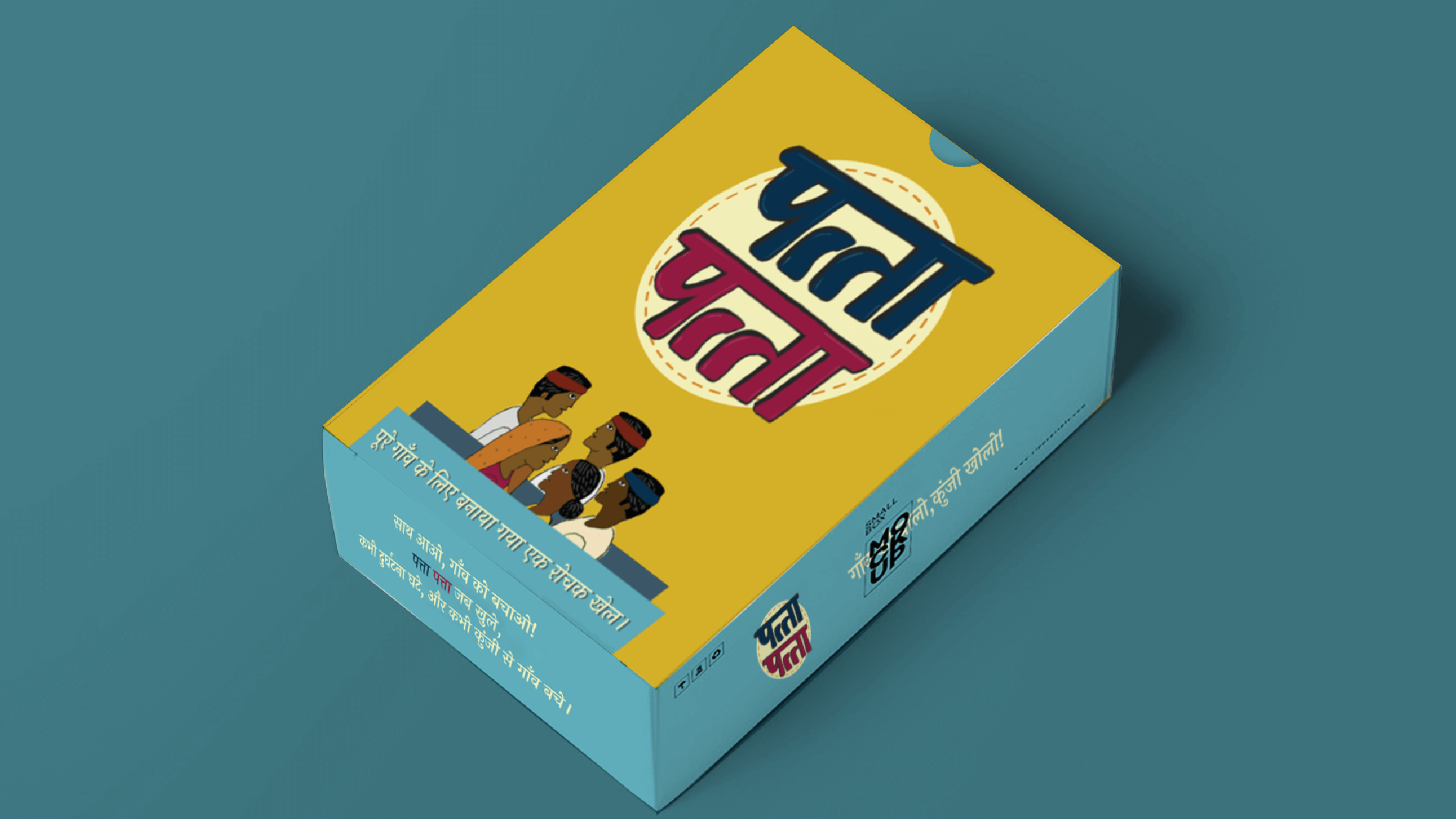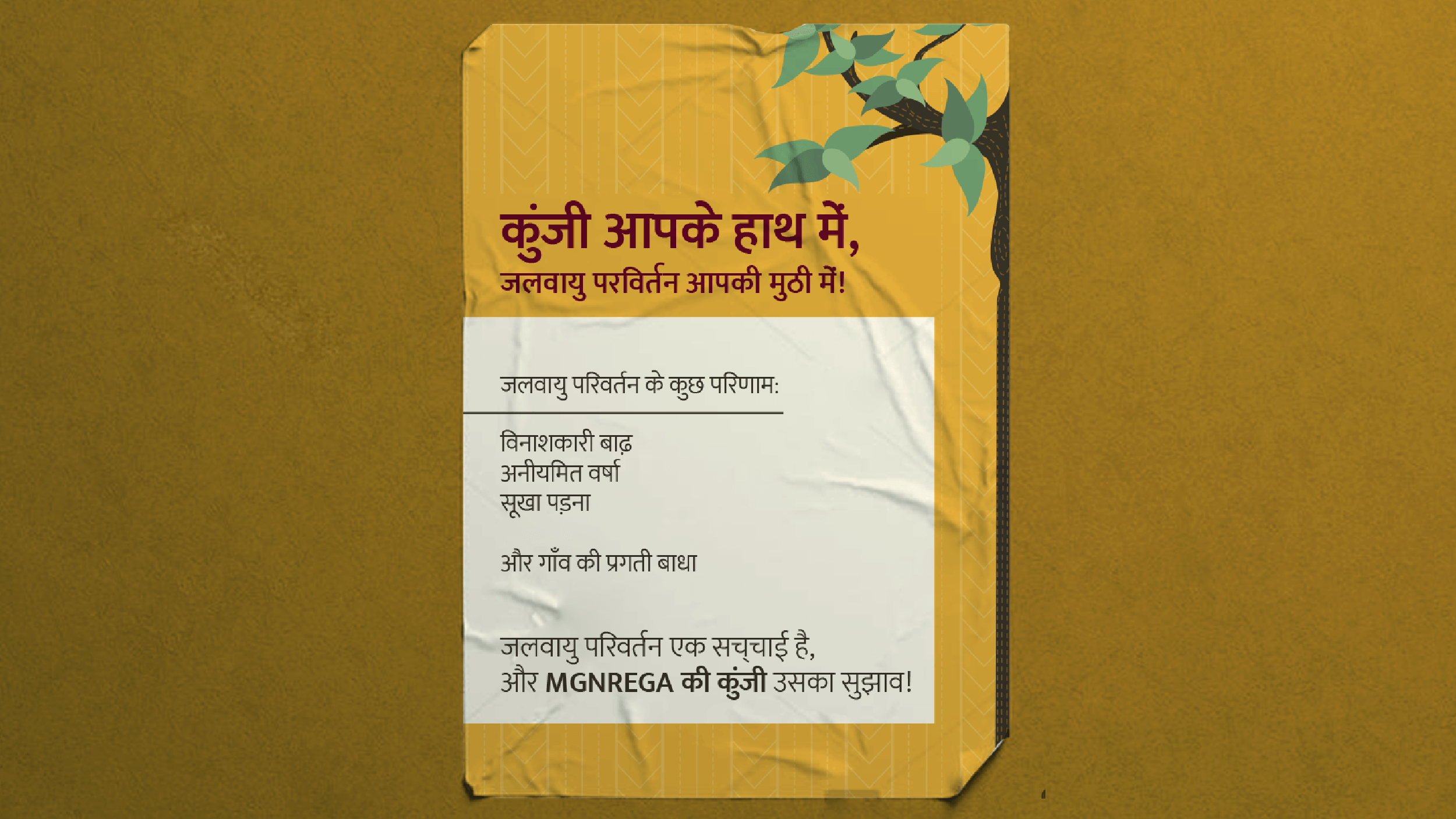THE OBJECTIVE:
Oxfam Trailwalker is a global event that challenges teams of 4 to walk 100 km in 48 hours in a bid to reduce poverty and inequality in 6 of the poorest states in India. Since 2012, the Trailwalker has brought in several hundreds of participants and volunteers every year. Our objective was to get even more people to participate, by raising awareness and encouraging them to sign up for this life changing experience.
Project Year
2017
Client
Oxfam
Project type
Events
Location
Mumbai

The Solution:
The solution was to make the Oxfam Trailwalker more than just a walk for a cause by building it into a community that brought people, companies and their beliefs together.

The Seed Idea:
After carefully analysing the Oxfam Trailwalker, we finally settled on the idea “Walk the Change” as it made people feel like they were striving for something larger; that they were making a positive impact in the world, by actively being a part of the change they wanted to create.
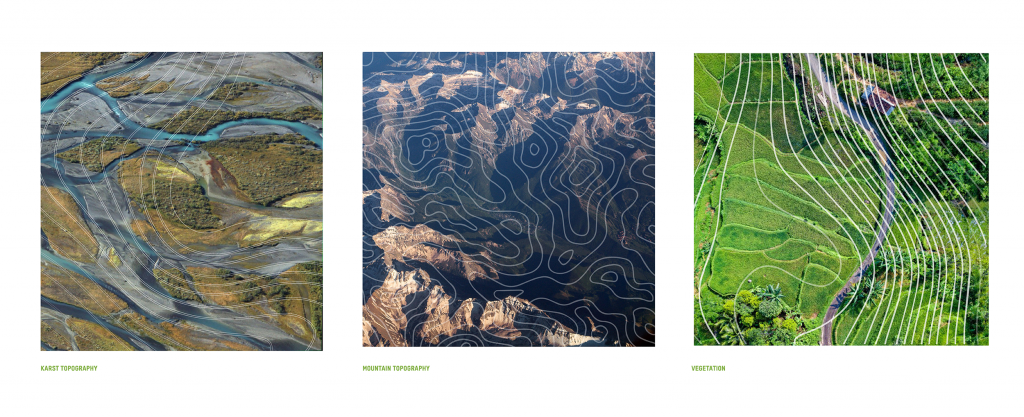
Bringing It All To Life:
Taking from the concept of our seed idea, “being a part of a life changing experience”, we created a visual style inspired by topography. Topography, being a representation of the course of change over time, was used to create a visual depiction of the purposeful and adventurous nature of the Trailwalker challenge. To give our audience a 360° experience of the Trailwalker, our communication took place over four stages:
Building the brand – through point-of-purchase displays and brand ambassadors
Launching the event – by setting up live chats, memorable on-ground experiences, inspirational signboards and interactive photo ops
Post-event engagement – by keeping the conversation going with online blogs, articles and user-generated content
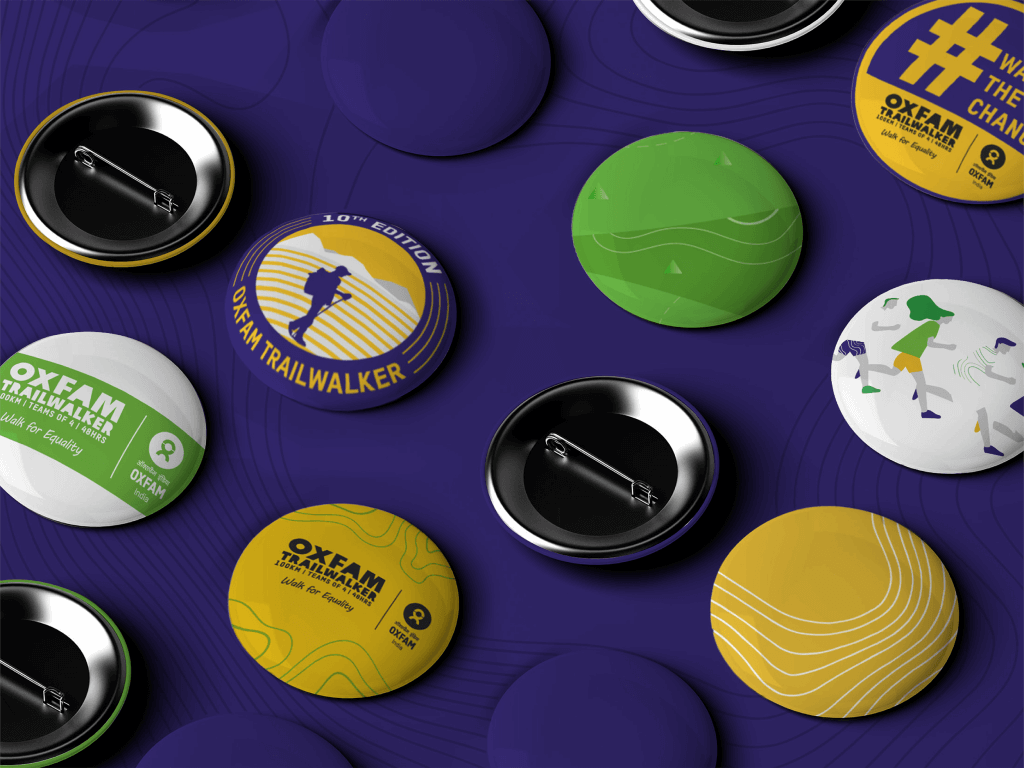
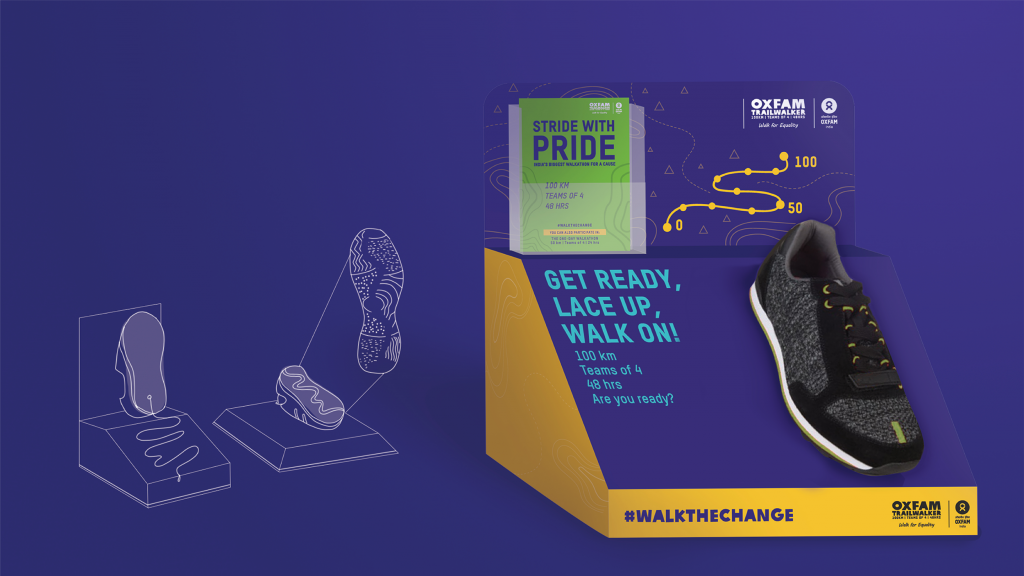
The Result:
With 499 teams taking part, 80% participation from corporates, over 600 volunteers, and an estimated ₹5.5 crores raised (compared to the ₹4.7 crores raised the previous year), Oxfam Trailwalker 2017-18 saw more enthusiasm, energy and determination than ever before.

